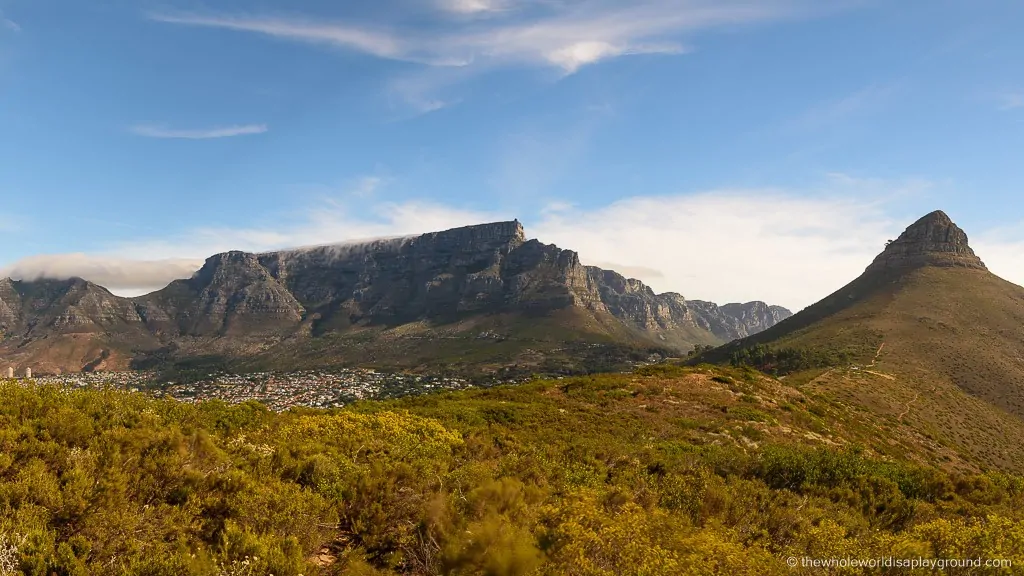South Africa, renowned for its stunning scenery, chaotic city life and incredible safari. There are 9 UNESCO World Heritage Sites in South Africa: 5 cultural, 3 natural and 1 mixed cultural and natural site. From the beautiful Cape Floral Region to the historic Robben Island, we managed to visit 7 of the 9 fascinating UNESCO World Heritage Sites during our recent visits to South Africa.
The 9 UNESCO World Heritage sites in South Africa
The UNESCO World Heritage Sites in South Africa and the year they were first inscribed are:
- Fossil Hominid Sites of South Africa (1999)
- Robben Island (1999)
- Cape Floral Region Protected Areas (2004)
- iSimangaliso Wetland Park (1999)
- Vredefort Dome (2005)
- Maloti-Drakensberg Park (2000)
- Richtersveld Cultural and Botanical Landscape (2007)
- Mapungubwe Cultural Landscape (2003)
- ǂKhomani Cultural Landscape (2017)
Hover over the map for the names of the sites:

UNESCO South Africa
1 | Fossil Hominid Sites of South Africa
More than 1,000 hominid fossils have been found in a network of limestone caves at the Cradle of Humankind with some dating back as far as 3.5 million years ago. The name refers to returning to the place of origin and in 1947 ‘Mrs Ples’, a 2.3 million year old fossil was discovered in the Sterkfontein Caves which are part of the UNESCO site. It is home to around 40% of the world’s human ancestor fossils.
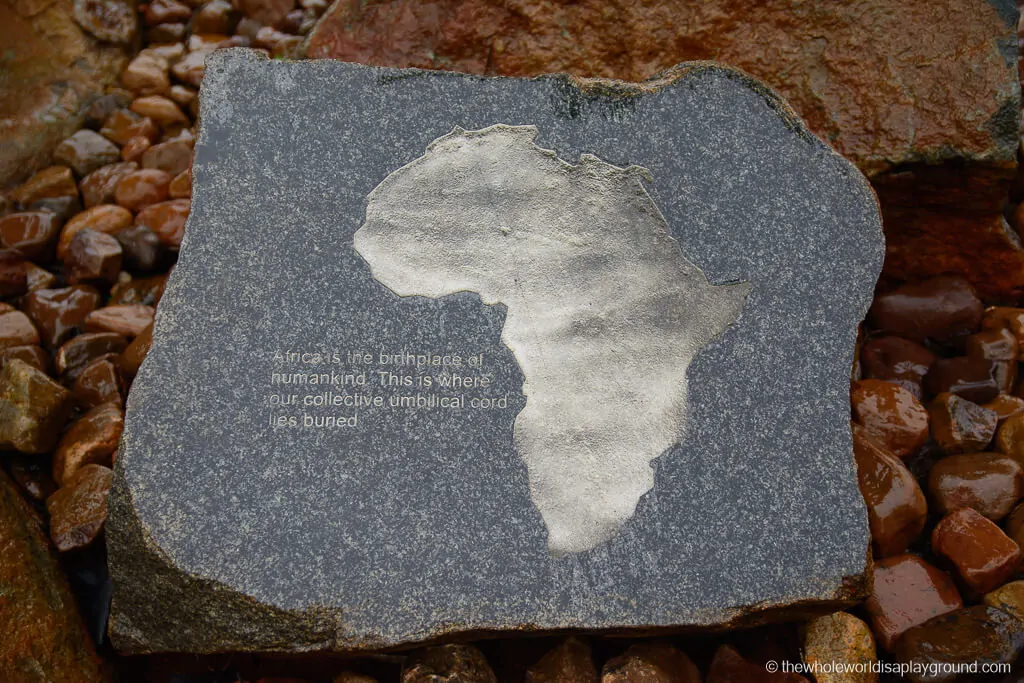
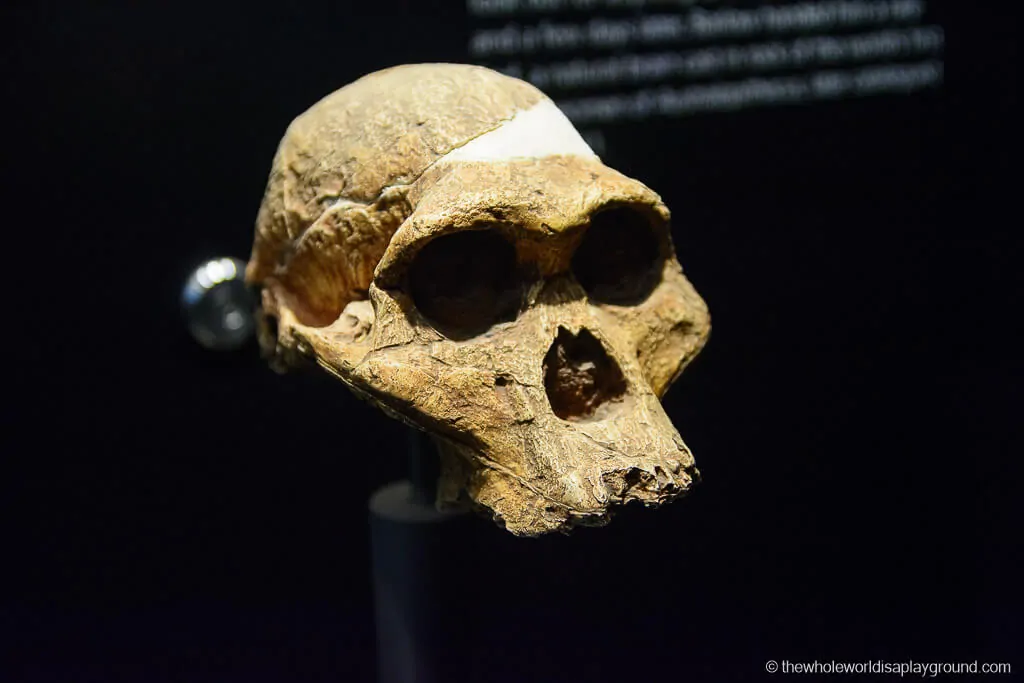
2 | Robben Island
Robben Island is a huge part of both Cape Town and South Africa history and Nelson Mandela was held in the prison on the island for 18 of the 27 years he was imprisoned before the fall of apartheid. The South African presidents Kgalema Motlanthe and Jacob Zuma also spent time on Robben Island.
South Africa UNESCO tip: tours to Robben Island only operate when weather conditions permit – we only managed to get to the Island on our 3rd attempt due to the weather cancellations. If you’re determined to visit Robben Island book a tour on your first day in Cape Town so, in the event the tour is cancelled, you might be able to secure tickets for another day.
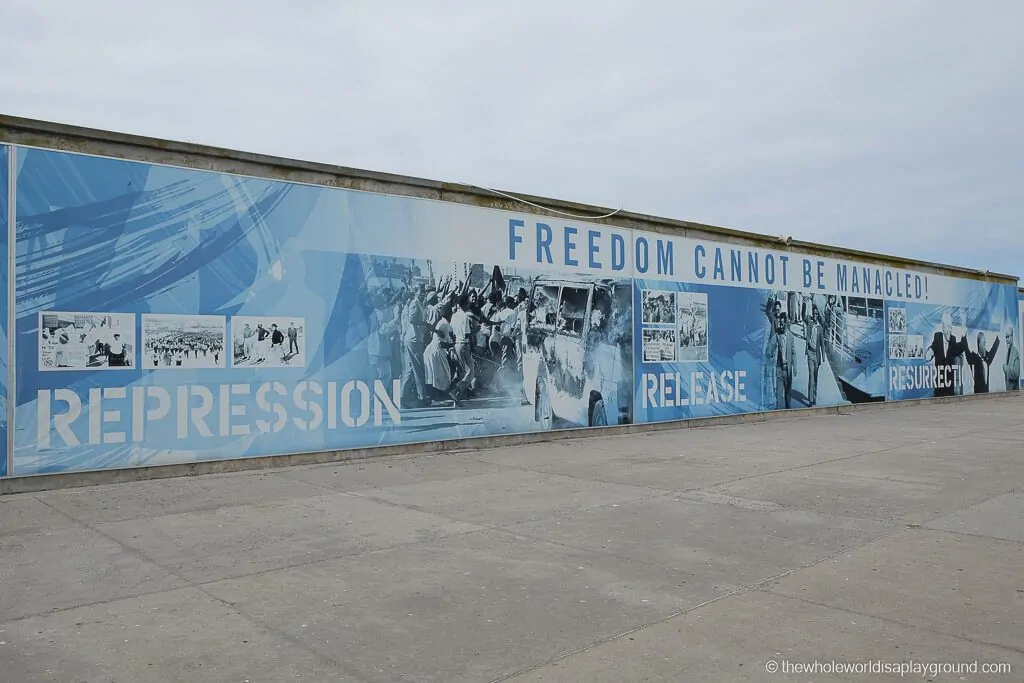
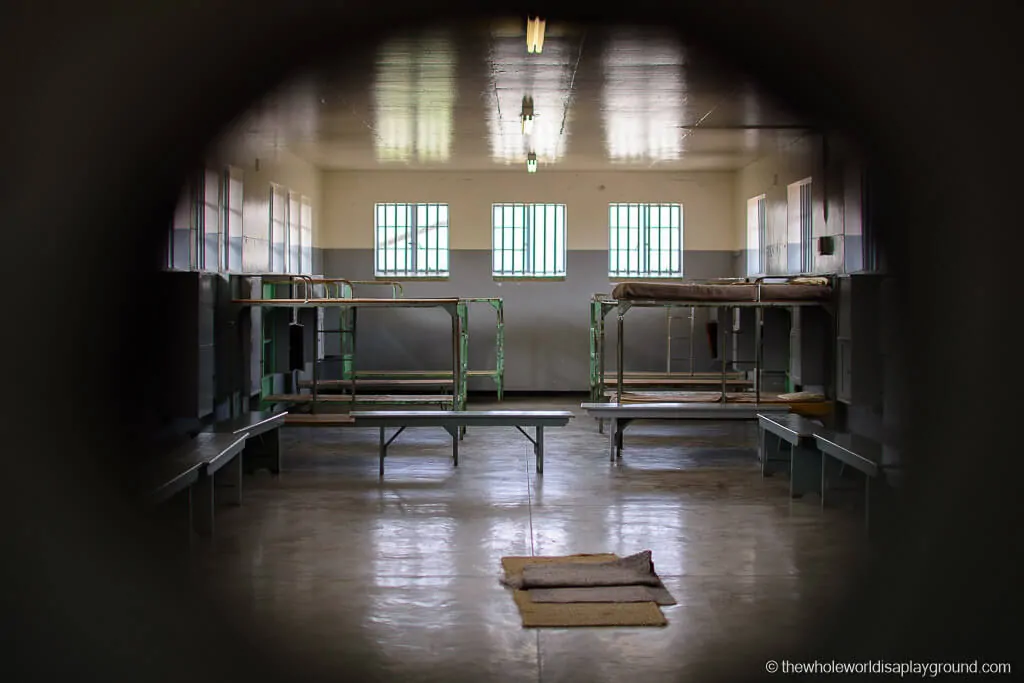
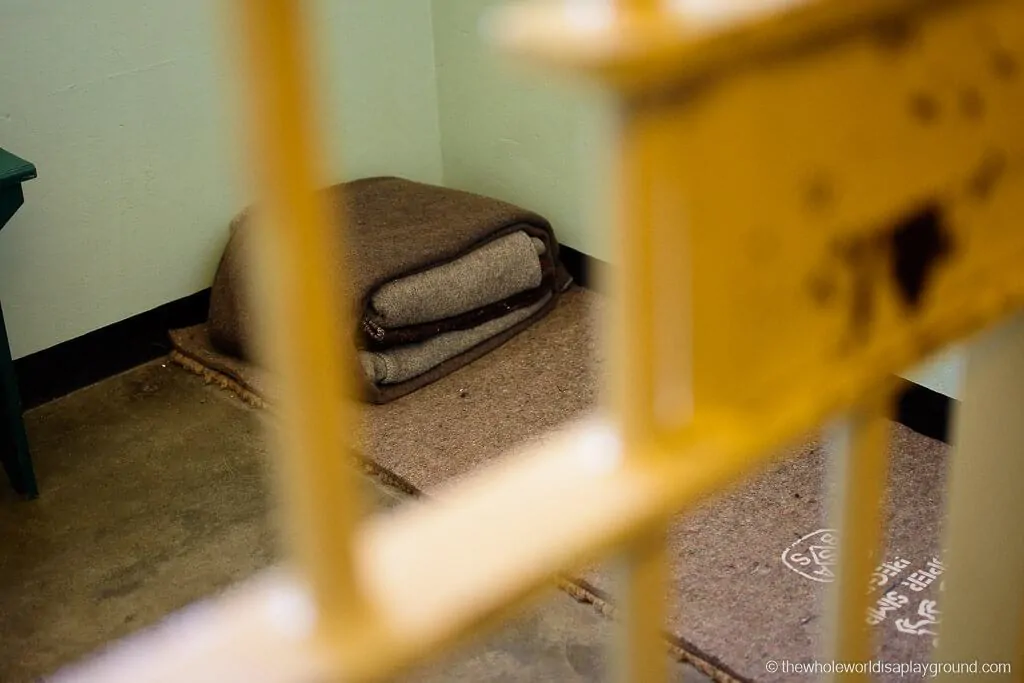
3 | Cape Floral Region Protected Areas
The Cape Floral Region Protected Areas consists of eight protected areas in the South West tip of South Africa that boast some of the richest plant life in the world. Kirstenbosch National Botanical Garden is a highlight and is considered one of the great botanical gardens of the world. The region contains nearly 20% of Africa’s total flora and is comprised of:
- Table Mountain National Park
- Cederberg Wilderness Area
- Groot Winterhoek Wilderness Area
- Boland Mountain Complex which includes Limietberg Nature Reserve, Jonkershoek Nature Reserve, Assegaaibosch Nature Reserve, Hottentots Holland Nature Reserve and Kogelberg Nature Reserve
- De Hoop Nature Reserve
- Boosmansbos Wilderness Area
- Swartberg Complex which includes Swartberg Nature Reserve, Gamkapoort Nature Reserve and Towerkop Nature Reserve
- Baviaanskloof Mega Reserve
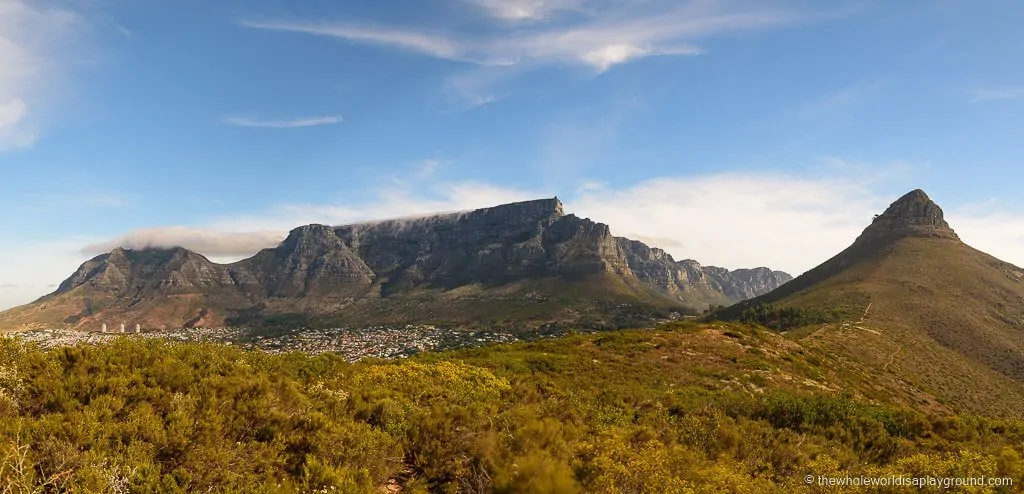
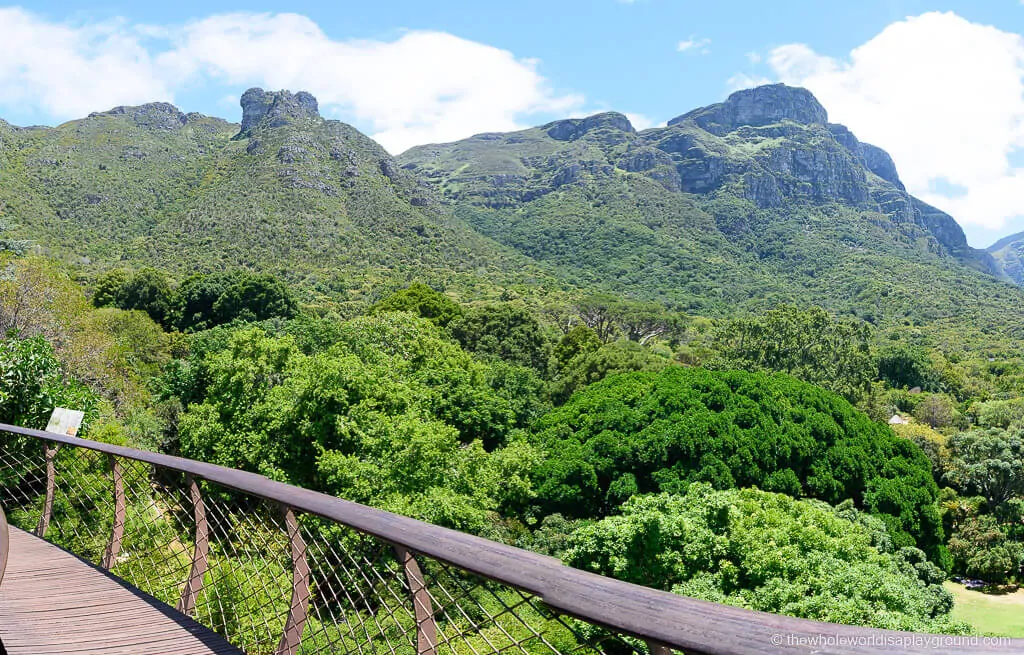
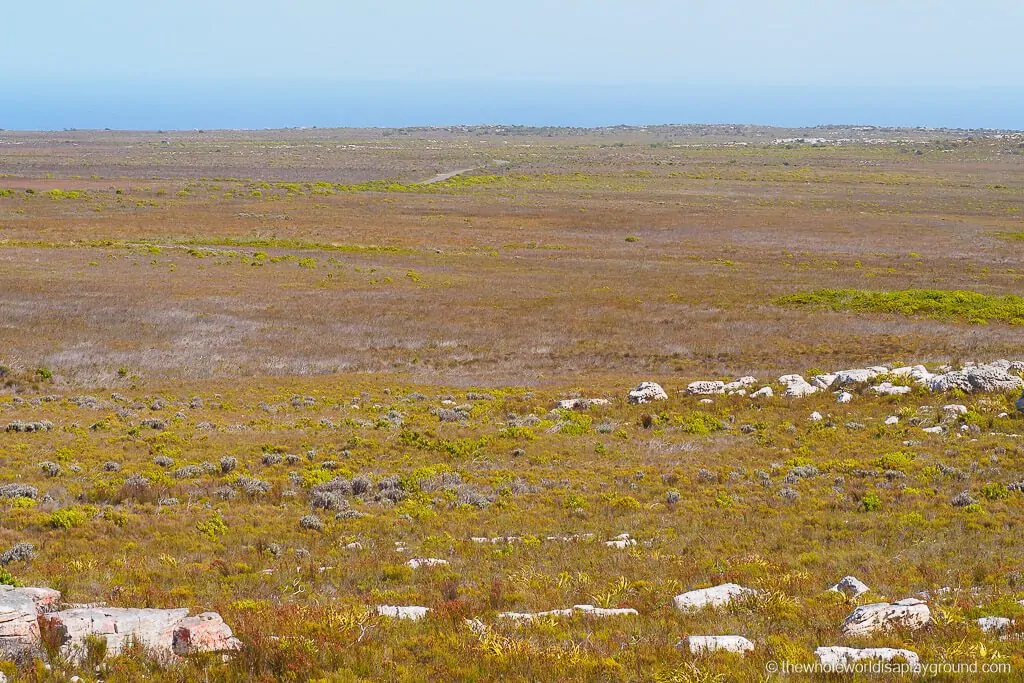
4 | iSimangaliso Wetland Park
Located on the East Coast of South Africa, the iSimangaliso Wetland Park is one of the outstanding natural wetland and coastal sites of Africa. The park spans 220km of coastline and boasts a stunning and diverse landscape as a result of the various ecosystems which operate within its boundaries. The Park has rugged beaches, grassy savannas and marshy wetlands and is home to the African Big 5 of rhino, lions, elephants, leopard and buffalo.
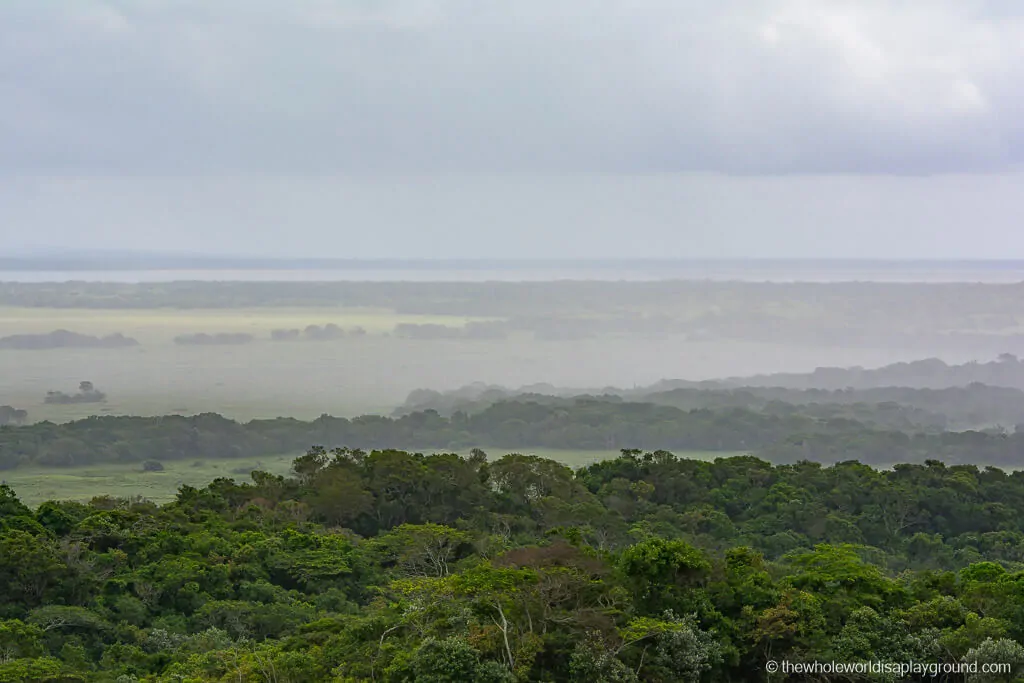
5 | Vredefort Dome
Vredefort Dome is the second oldest crater on Earth and is estimated to be over 2 billion years old. The 300km diameter of Vredefort Dome makes it the largest verified impact crater in the world and is believed to have been struck by one of the largest ever asteroids ever to hit the Earth.
South Africa UNESCO tip: A significant portion of the site is located on private land meaning a tour is necessary to explore many of the impact markets which remain.
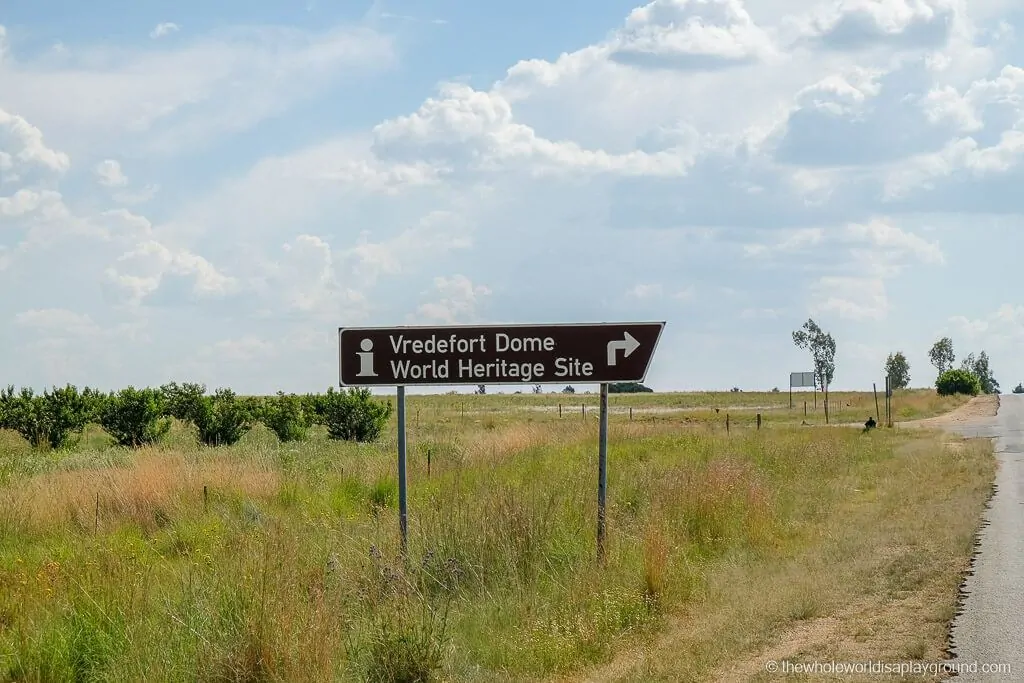
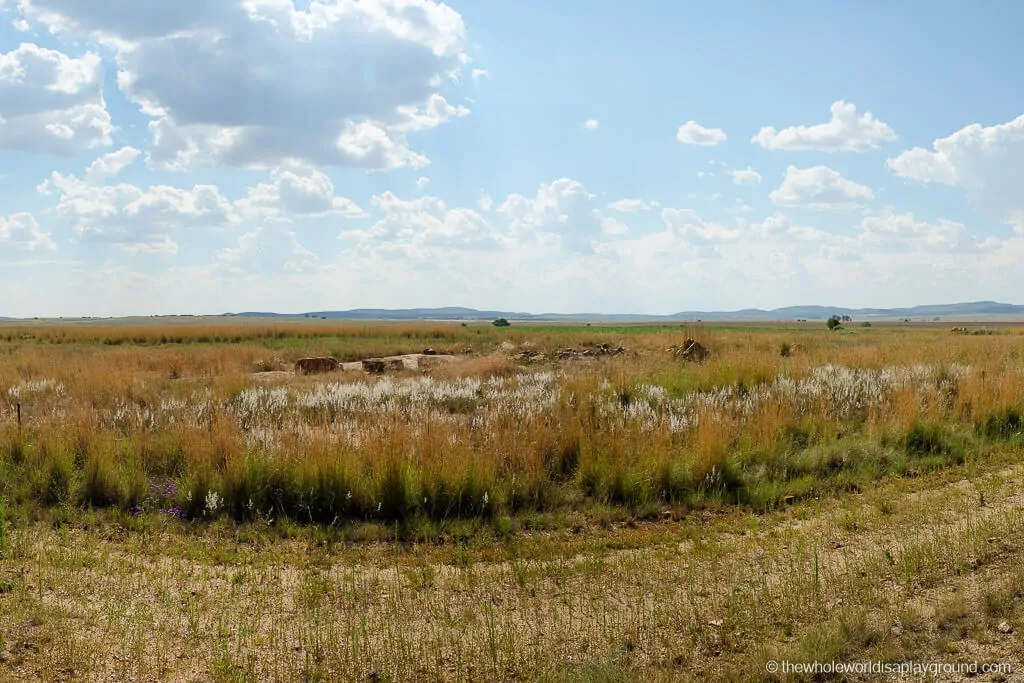
6 | Maloti-Drakensberg Park
The Maloti-Drakensberg Park is composed of the uKhahlamba Drakensberg National Park in South Africa and the Sehlathebe National Park in Lesotho. It was designated a UNESCO due to its outstanding natural beauty, its collection of San rock paintings and the species it houses. We drove through the Sani Pass, a mountain pass which cuts through the UNESCO designated Drakensberg mountain range linking South Africa with the mountain kingdom of Lesotho.
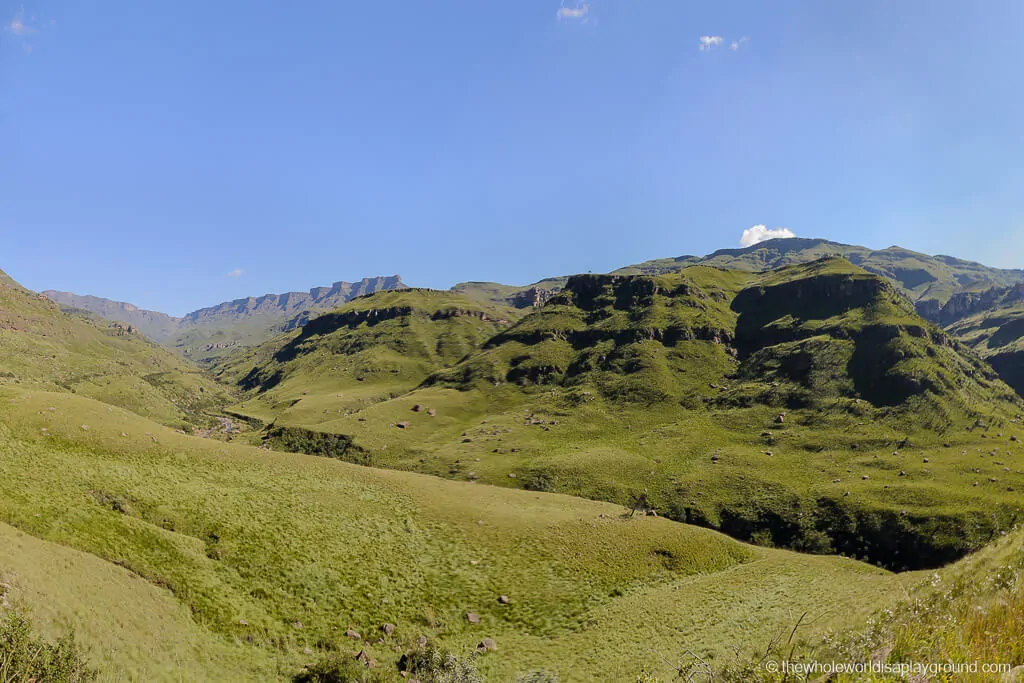
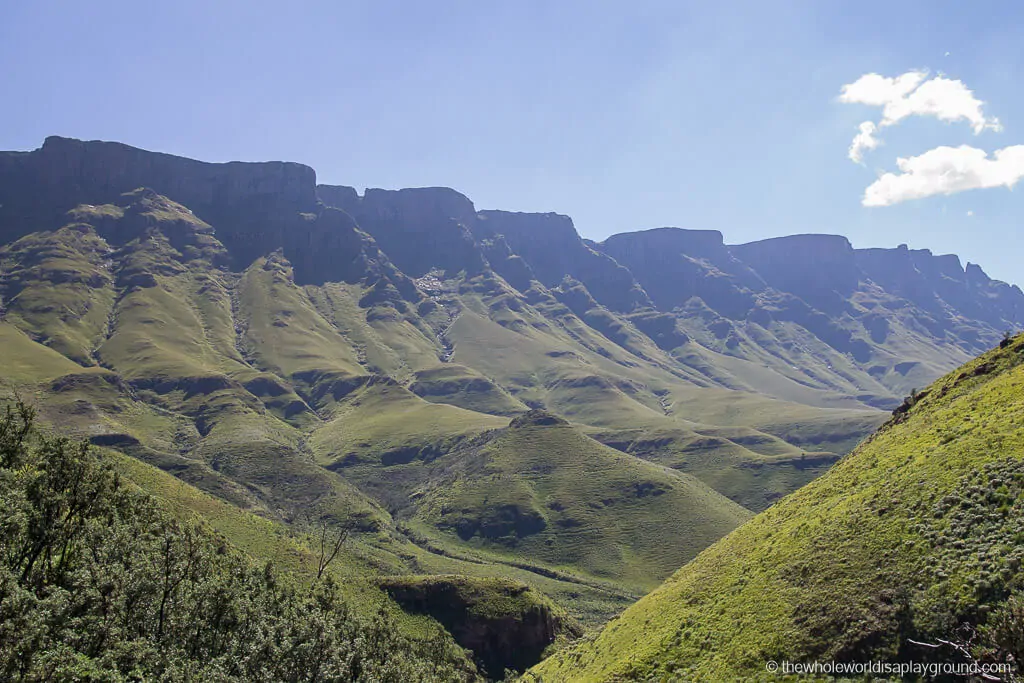
7 | Richtersveld Cultural and Botanical Landscape
Located in the Northern Cape in the north west of South Africa, the Richtersveld Cultural and Botanical Landscape is a mountainous desert owned by the Nama population. The Nama people are semi nomadic, moving alongside the livestock migration to utilise and maintain ecosystems which operate in the region. They continue to move with their traditional temporary mat-roofed houses known as haru oms.
UNESCO South Africa tip: The Richtersveld Cultural and Botanical Landscape is part of the Richtersveld National Park in South Africa which, together with the /Ai /Ais Hot Springs Game Park in Namibia, comprise the /Ai /Ais-Richtersveld Transfrontier Park. We visited the UNESCO as we travelled on a road trip from Cape Town to the incredible Fish River Canyon on the Namibian side of the park.
8 | Mapungubwe Cultural Landscape
Located along the border where South Africa, Zimbabwe and Botswana meet and at the confluence of the Limpopo and Shashe rivers the Mapungubwe Cultural Landscape is a grassy savanna which was once the largest kingdom in South Africa before being abandoned in the 14th century. The Kingdom of Mapungubwe is estimated to have had a population of 5,000 at its peak and was the first stage in the development of the Kingdom of Zimbabwe which is now part of modern day Zimbabwe. The area still contains the untouched remains of palaces and settlements.
9 | ǂKhomani Cultural Landscape
The latest addition to the UNESCO World Heritage sites in South Africa, the ǂKhomani Cultural Landscape was inscribed to the UNESCO list in 2017. Located in the Southern Kalahari, the ǂKhomani Cultural Landscape is located at the border with Botswana and Namibia and is populated by a small group of ǂKhomani San people who continue to live a mostly hunter gatherer lifestyle.The area contains evidence of human occupation from the Stone Age to the present day.
